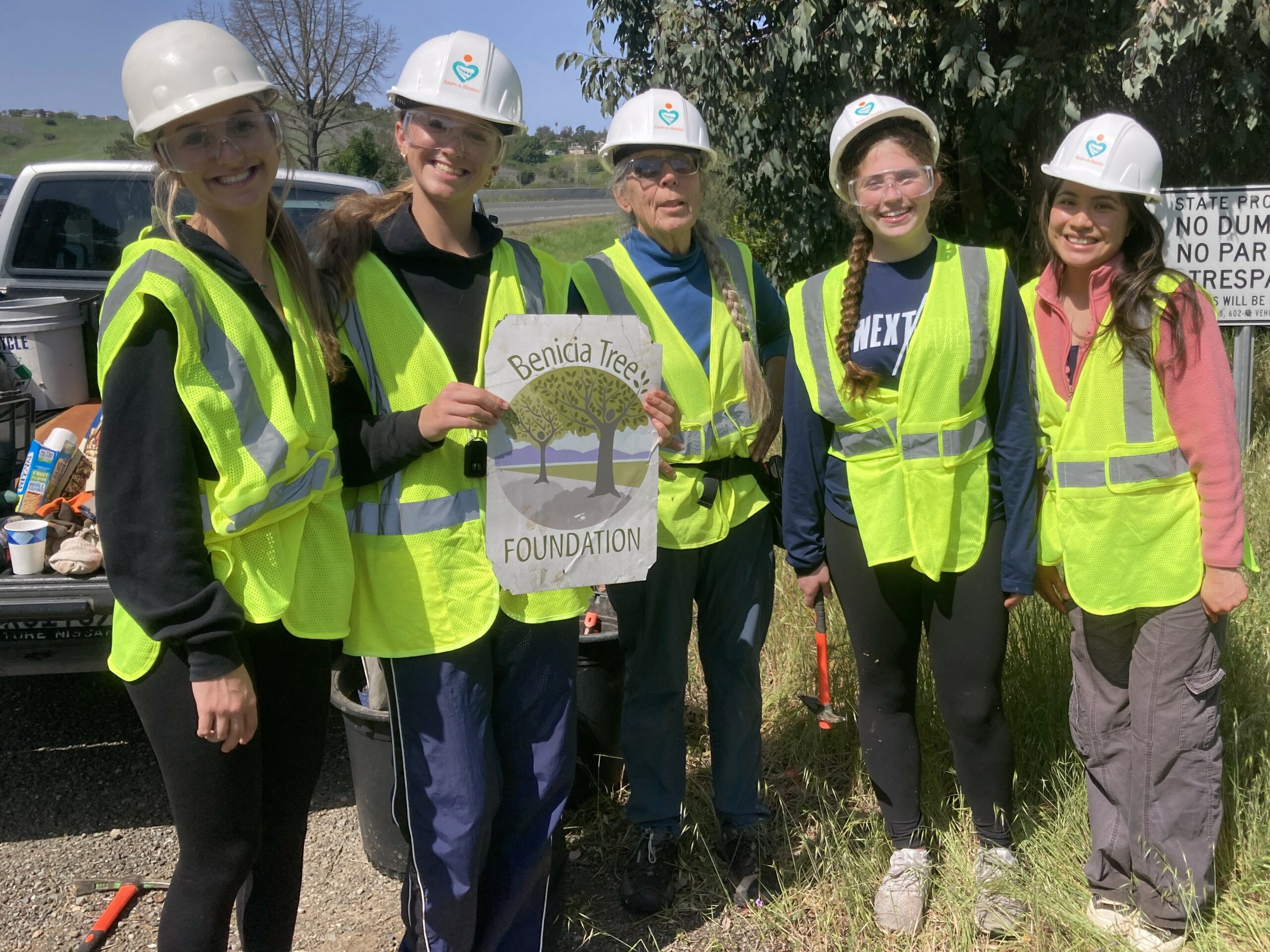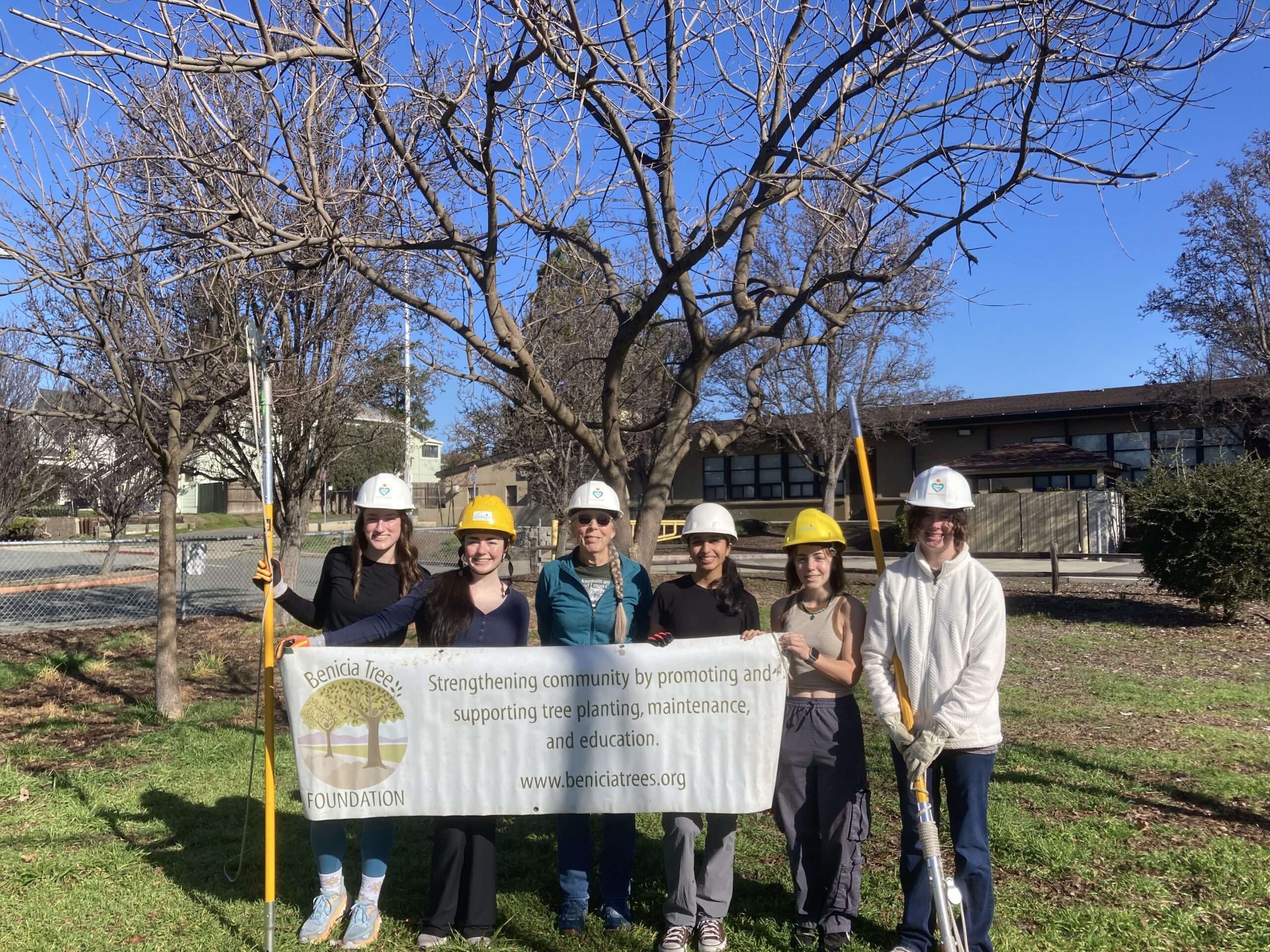TREES are on the front lines of our changing climate. And when the oldest trees in the world suddenly start dying, it’s time to pay attention.
North America’s ancient alpine bristlecone forests are falling victim to a voracious beetle and an Asian fungus. In Texas, a prolonged drought killed more than five million urban shade trees last year and an additional half-billion trees in parks and forests. In the Amazon, two severe droughts have killed billions more.
The common factor has been hotter, drier weather.
We have underestimated the importance of trees. They are not merely pleasant sources of shade but a potentially major answer to some of our most pressing environmental problems. We take them for granted, but they are a near miracle. In a bit of natural alchemy called photosynthesis, for example, trees turn one of the seemingly most insubstantial things of all– sunlight– into food for insects, wildlife and people, and use it to create shade, beauty and wood for fuel, furniture and homes.
For all of that, the unbroken forest that once covered much of the continent is now shot through with holes.
Humans have cut down the biggest and best trees and left the runts behind. What does that mean for the genetic fitness of our forests? No one knows for sure, for trees and forests are poorly understood on almost all levels. “It’s embarrassing how little we know,” one eminent redwood researcher told me.
Click here to read the entire story in the New York Times.




